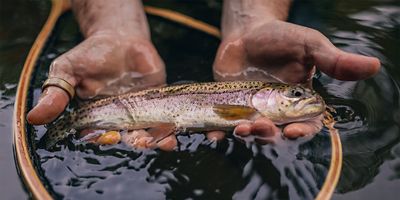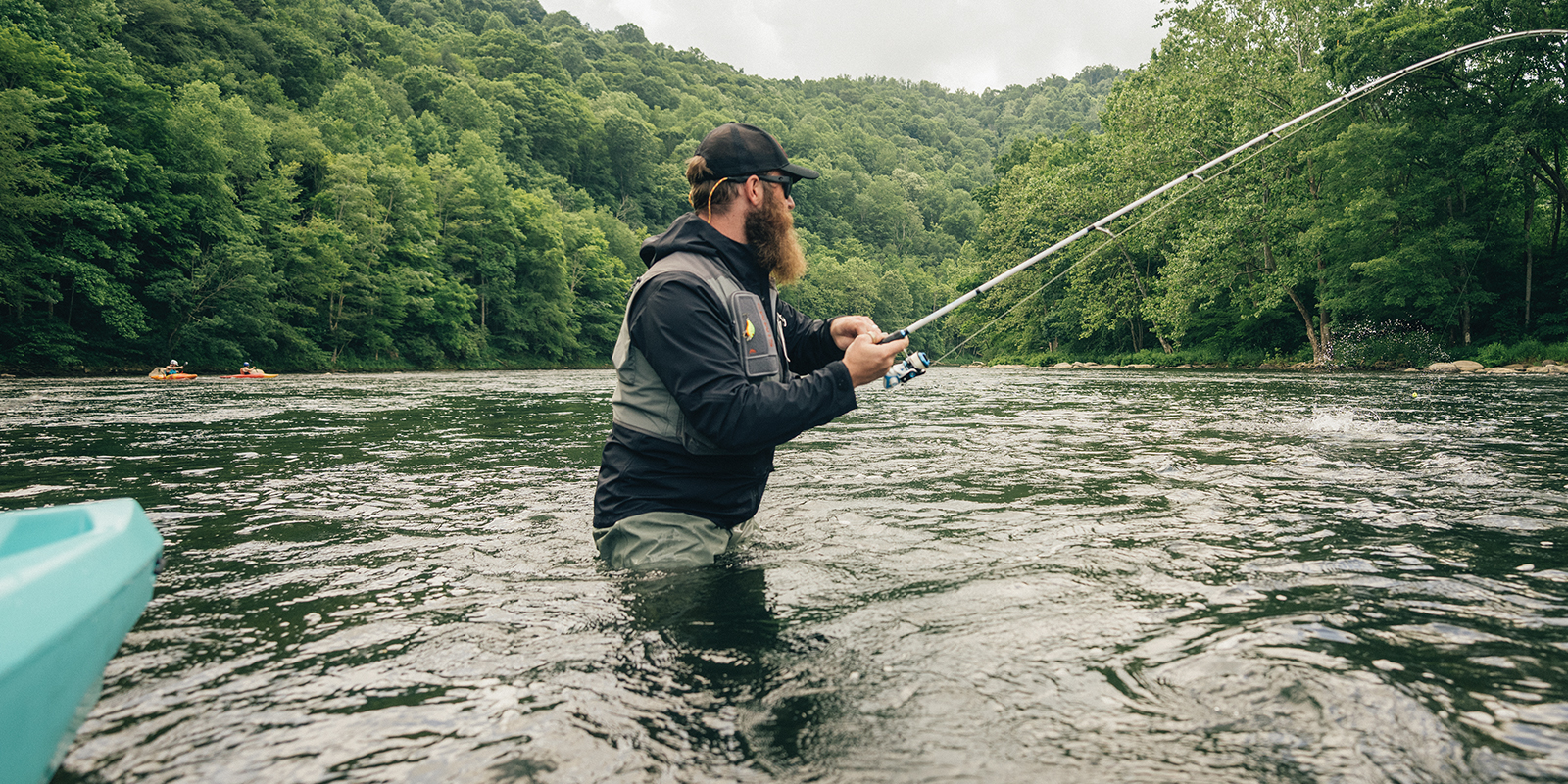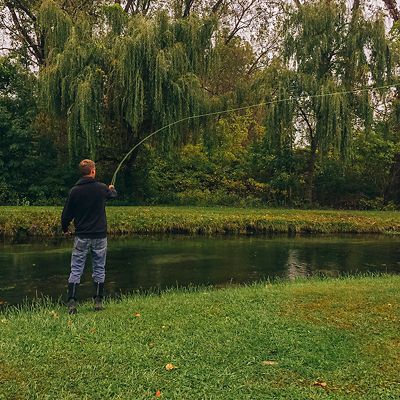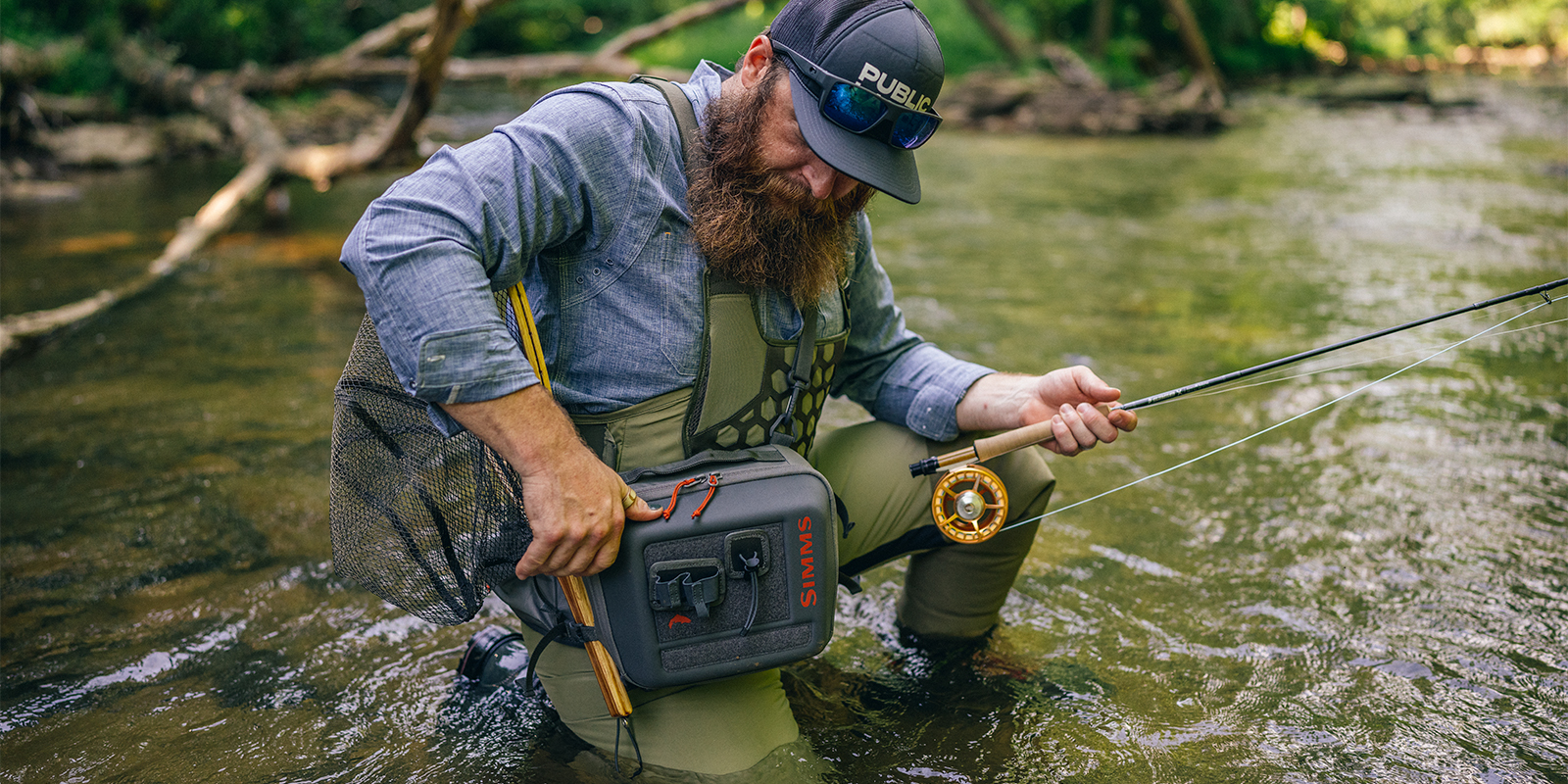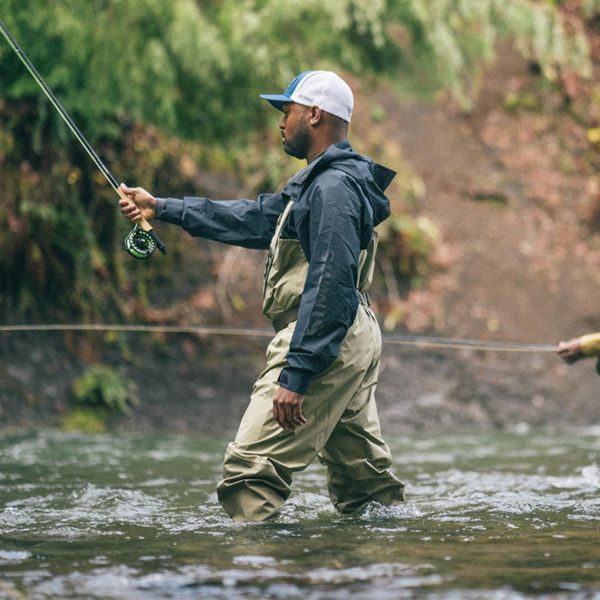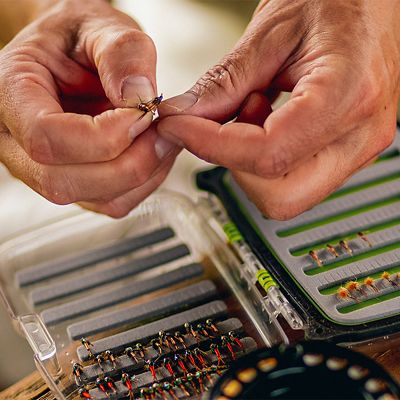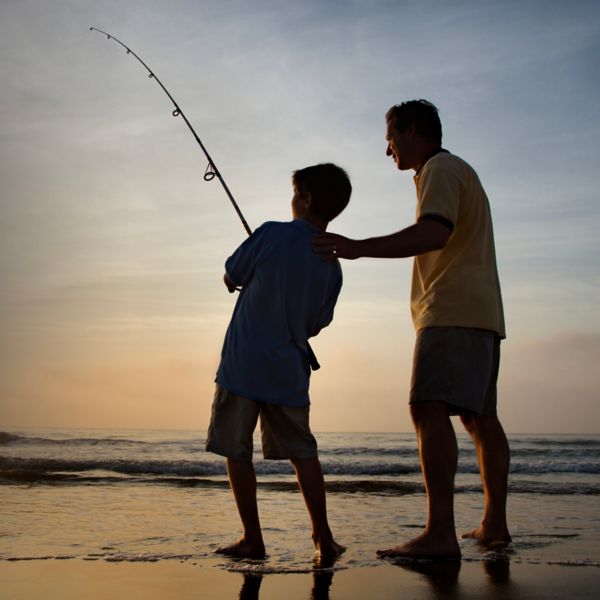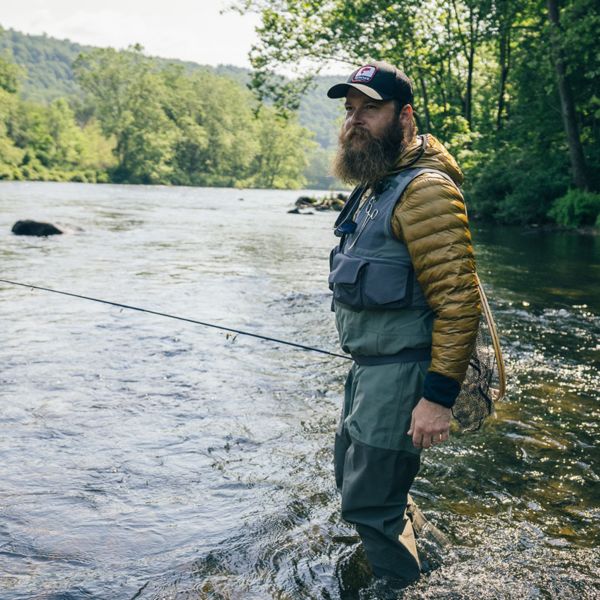Few things are as relaxing as they are thrilling. And when it comes to delivering both, fly fishing takes the prize. One day of wading, casting, and catching and you’ll know why. But there’s such a mystique around fly fishing that getting equipped can be intimidating, especially when it comes to choosing a rod. We’ve created this guide so getting yourself the right rod can feel (almost) as great as landing a gorgeous trout.
What are you fishing for, and where?
Before shopping for a fly rod, the most important thing is to determine what you’ll be fishing for most, and in what type of water. Will you be going after alpine trout or coastal salmon? Frequenting lakes with open shorelines or exploring small mountain streams with brushy banks? While most rods offer some versatility, you should buy one designed to catch the fish you will be fishing for most often. Keep this in mind as you read the information below.
Action
Rod “action” simply describes how much a rod bends. This is important because it determines how the rod casts and how you’ll “feel” the line. Rods are usually broken down into three categories, and there are pros and cons to each.
- Slow action: These rods bend throughout almost the entirety of the rod, from handle to tip (they're also called full flex). They require precise, accurate, and patient casting motions to properly drop the fly where you want. Slow action rods are graceful but demanding. They require good casting mechanics, but when perfected give you great precision. The bend delivers maximum feel for the line and makes it more fun to land smaller fish. Downsides: Slow action rods don’t perform well when it comes to long casts, big fish, and windy days.
- Medium action: This is the all-around choice. Rods with medium action bend the most from the tip to about the midpoint of the rod. That gives you a good feel for your line compared to a fast action rod, but better performance in wind and for landing larger fish than a slow action rod. If you’re only going to have one rod, this is it.
- Fast action: This is your rod for big casting, big weather, and big fish. Fast action rods bend the most near the tip and have a lot of power thanks to their stiffness. Since they're so powerful, though, they're not great for short casts and beginners can have a hard time getting a feel for the rod and line.
Weight
Rod weight can be confusing at first. It doesn’t refer to how much a rod literally weighs, but rather the size, or weight, of the fly line that the rod is best suited for. Larger fish require larger, thicker, stronger lines and thus higher weights. The line weight also needs to be appropriate for the fly on the end of your line. It needs to be heavy enough to carry the fly out over the water, but not so heavy that it massively outweighs the fly.
Weights range from 0 to 16 and the gap between each widens as you increase weight. Unless you’re fishing for shark or massive saltwater fish, you won't need the highest weights. The lower weights are perfect for small fish, while a weight somewhere in the middle will give you the most versatility. A 5-weight for freshwater fishing allows you to fish for most species you'll find in lakes, rivers, and streams.





